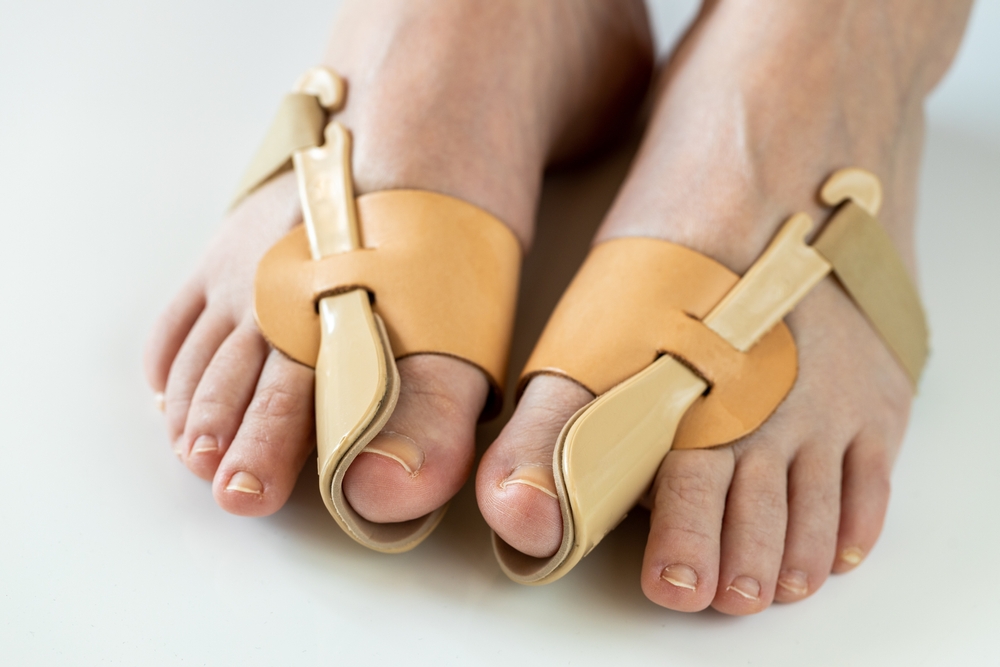Dealing with bunions can be a painful and frustrating experience. Bunions are bony bumps that form at the base of the big toe, causing the joint to become enlarged and misaligned. This can lead to discomfort, inflammation, and difficulty in wearing certain types of shoes. Fortunately, there are various treatment options available to help manage bunions and alleviate the associated symptoms.
Non-Surgical Treatments: Non-surgical treatments are typically the first line of defense when it comes to managing bunions. These treatments aim to reduce pain, slow down the progression of the bunion, and improve overall foot function. Here are some common non-surgical options:
1. Footwear Modifications: Wearing shoes with a wider toe box and low heels can help relieve pressure on the bunion and provide more space for the toes. Avoiding narrow, tight-fitting shoes is essential to prevent further discomfort and aggravation.

Image Source: Google
2. Padding and Splinting: Using bunion pads or cushions can provide extra cushioning and protection over the affected area, reducing pain and friction caused by rubbing against shoes. Additionally, splints or orthotics can help realign the toe joint, providing relief and improving foot mechanics.
Surgical Treatments: In severe cases where non-surgical treatments fail to provide adequate relief, surgical intervention may be necessary. There are several surgical options available, depending on the severity of the bunion and individual circumstances.
1. Bunionectomy: This is the most common surgical procedure for bunions. It involves removing the bony bump and realigning the toe joint. The surgeon may also repair any damaged ligaments and tendons surrounding the joint.
